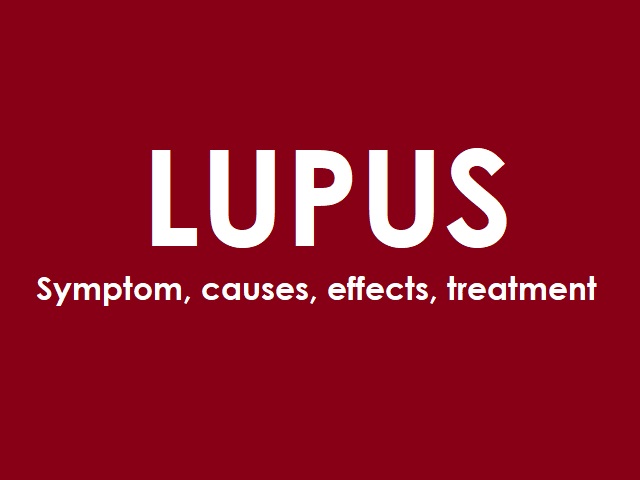4 Signs You May Have Hemangioma -- Symptoms, Causes, Effects, Treatment and Prevention
Hemangiomas are benign tumors that develop in the blood vessels. They commonly occur during infancy and childhood, and usually appear as raised or swollen areas on the skin or internal organs. Let's explore the symptoms, diagnosis, causes, effects, treatment, and prevention of hemangioma:
Symptoms of Hemangioma:
Hemangiomas can have various appearances and may cause different symptoms depending on their location and size. Common signs and symptoms include:
- Red or bluish discoloration on the skin.
- Raised or swollen areas that may be firm or spongy to the touch.
- Rapid growth during the first months of life.
- Ulceration or bleeding in severe cases.
Potential complications if hemangiomas affect vital organs, such as the liver, respiratory system, or gastrointestinal tract.
Diagnosis of Hemangioma:
The diagnosis of hemangioma is usually based on a physical examination and medical history. In some cases, additional tests may be performed to assess the extent and characteristics of the hemangioma. These may include:
- Ultrasound: Used to visualize the internal structures and determine the size and location of the hemangioma.
- MRI or CT scan: Provides detailed images of the hemangioma and its effects on nearby structures.
- Biopsy: Rarely needed, but may be performed if there is uncertainty or concern about the diagnosis.
Causes of Hemangioma:
The exact cause of hemangioma is not fully understood. However, research suggests that genetic factors, hormonal changes during pregnancy, and abnormal growth of blood vessels during fetal development may contribute to their formation.
Effects of Hemangioma:
In most cases, hemangiomas are harmless and resolve on their own over time without causing any significant effects. However, complications may arise if hemangiomas affect vital organs, interfere with normal functioning, or cause disfigurement.
Treatment of Hemangioma:
Treatment options for hemangioma depend on various factors, including the size, location, and potential complications. Treatment approaches may include:
- Observation: Many small, uncomplicated hemangiomas require no specific treatment and will naturally shrink and disappear over time.
- Medications: Certain medications, such as beta-blockers or corticosteroids, may be prescribed to slow down the growth or reduce the size of the hemangioma.
- Laser therapy: Laser treatment can be used to shrink or remove superficial hemangiomas without causing significant scarring.
- Surgery: Surgical removal may be considered for large or problematic hemangiomas that are causing complications or affecting vital structures.
Prevention of Hemangioma:
Currently, there are no known preventive measures to avoid the development of hemangiomas. Close monitoring and early medical intervention are essential for those with hemangiomas that may cause complications.
References:
Chiller, K. G., Passaro, D., & Frieden, I. J. (2002). Hemangiomas of infancy: clinical characteristics, morphologic subtypes, and their relationship to race, ethnicity, and sex. Archives of Dermatology, 138(12), 1567-1576. doi: 10.1001/archderm.138.12.1567














